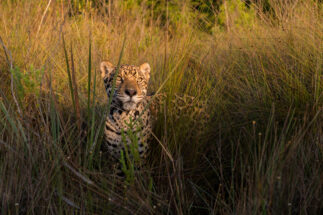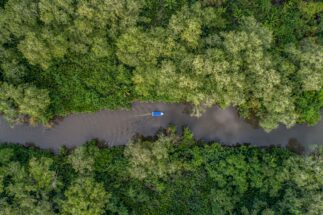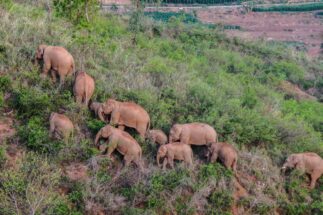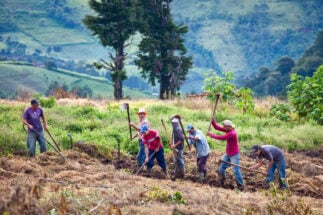During the first part of the COP15 Biodiversity Conference, held virtually in October 2021, Chinese president Xi Jinping launched a 1.5 billion yuan (US$233 million) fund for the protection of fauna and flora in developing countries.
With the second part of the convention due to take place in April this year, there are high expectations that the Kunming Fund, named after COP15’s host city in Yunnan province, southern China, could be a new source of green finance for Latin America, a region that is home to 40% of the world’s biodiversity.
1.5 billion yuan
The initial investment into the Kunming Biodiversity Fund announced by Xi Jinping in October, equivalent to US$233 million
The China Biodiversity Conservation and Green Development Foundation (CBCGDF) was the first organisation to announce a donation to the fund. Other NGOs have followed suit. Maggie Ma, a spokesperson for the foundation, told Diálogo Chino that they are still waiting for information from the Chinese government on how to conclude their transfer of 1 million yuan ($158,000) but that they believe funds can be leveraged for the more sustainable use of tropical forests.
“The money could go to local communities to help them protect the forest, and to local industry to avoid expanding into priority areas for biodiversity,” Ma said. “Only by promoting the transformation of local industry can we actually solve the problem [of deforestation].”
Sensitive areas in Latin America
In Latin America, the expansion of the agricultural frontier has put increasing pressure on biomes vulnerable to climate change, such as the Amazon, the Cerrado and the Gran Chaco. In Brazil’s Legal Amazon region, for example, deforestation increased by 29% in 2021, reaching its highest rates in a decade.
At the same time, many Latin American countries have increased the protection of terrestrial and marine areas over the past 20 years. One recent highlight is a joint initiative by Costa Rica, Colombia, Ecuador and Panama to pool their marine protected areas (MPAs) to create the Tropical Eastern Pacific Marine Corridor – a cradle of biodiversity of more than 500,000 square kilometres that could also generate more than US$3 billion annually from fisheries, tourism and marine transportation.
The more Brazil knows what it wants, the more it will be able to benefit from international funds
For Brazil, the fund could represent its own unique opportunity, since the country alone houses more than 20% of the world’s biodiversity. Yet, it must first prove it is serious about conservation: “The more Brazil knows what it wants and shows that it is committed to a new vision, the more it will be able to benefit from international funds,” says Karin Costa Vazquez, a specialist in China and international development at India’s OP Jindal Global University. Costa Vazquez also believes that the Kunming Fund could encourage the development of a carbon market in Brazil, a potential billion-dollar revenue stream that still suffers in the country from having few relevant public policies.
“We can associate biodiversity conservation actions with projects for carbon sequestration from the atmosphere, which generate credits that can be sold, including to China itself,” she says.
This cooperation will depend, however, on the condition of bilateral relations between China and Brazil. Since his election in 2018, Brazilian president Jair Bolsonaro has repeatedly made undiplomatic statements towards the Asian country and dragged out negotiations over bilateral agreements, while failing to renew documents such as its ten-year Brazil-China Cooperation Plan.
Why China created the Kunming Fund
The Kunming Fund reflects China’s expansion of green capital, which has been advancing rapidly domestically and is beginning to take initial steps into the global sphere.
Raising revenue through green bonds has already been an important component in driving the transition of the Chinese economy. The country is one of the largest issuers of green bonds in the world, with some US$44 billion issued in 2020 alone. It is second only to the US with $51.5 billion. The countries of Latin America and the Caribbean combined issued only $9.4 billion in the same year. These bonds serve to finance projects that reduce countries’ ecological footprint and aid energy transition.
According to data from the Climate Policy Initiative, an international think tank, Beijing also issued more than $120 billion in green bonds from 2016 to 2019, which enabled the addition of at least 11.2 gigawatts (GW) of installed clean energy capacity and the mitigation of 52.6 million tonnes of CO2 emissions.
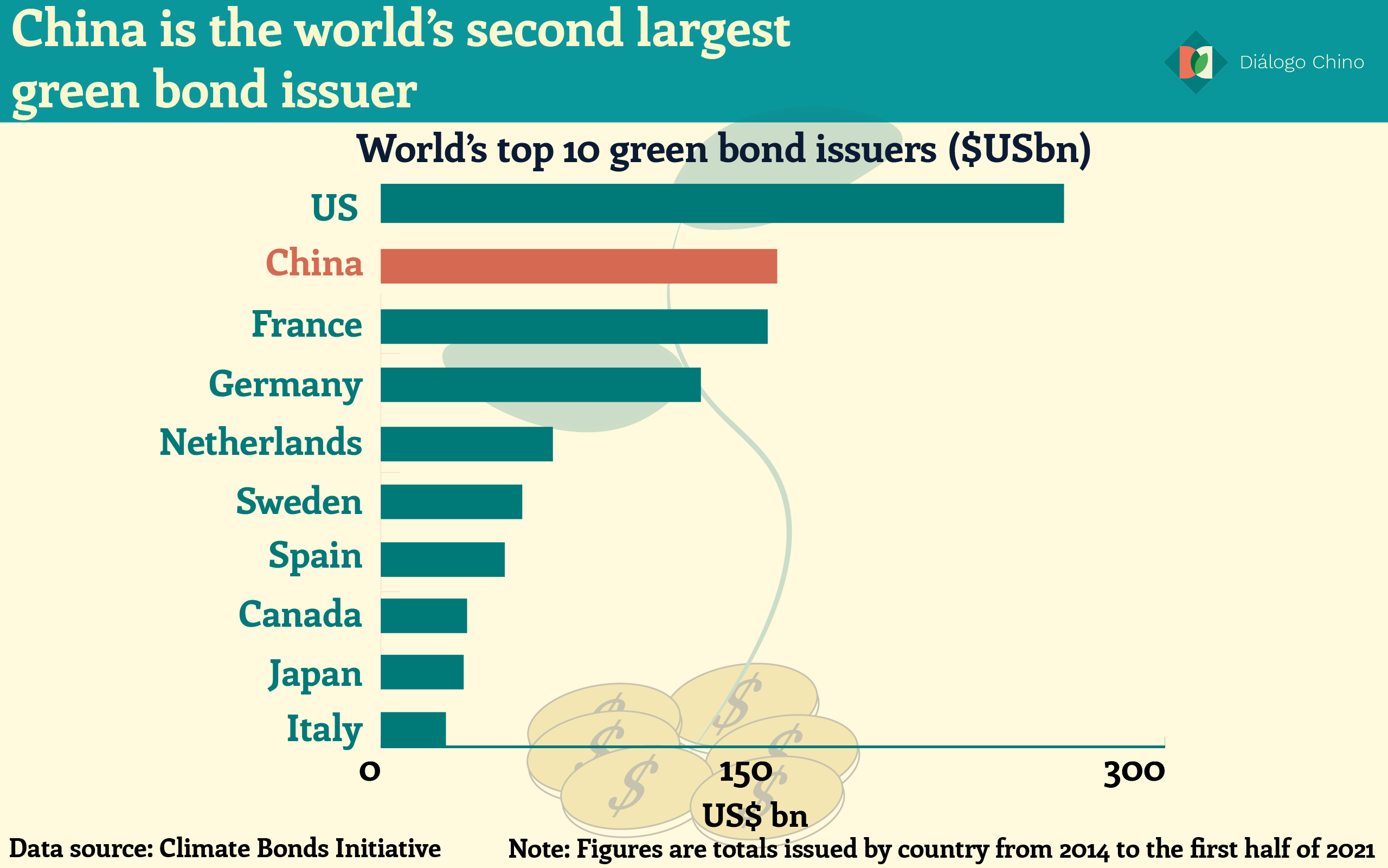
China’s efforts to present itself as an environmentally “responsible power” were demonstrated by last year’s announcement of an end to investments in overseas coal-fired power plants and boosting finance for renewables. The strategy now also involves expanding the international issuance of green bonds to cover the gap of 3 to 4 trillion yuan (US$473–631 billion) in investments China needs to meet its climate goals by 2030.
US$598 billion and $824 billion per year
Is the gap between what is invested and what is needed to protect global biodiversity
“China is doing its utmost to reshape norms and institutions around the world,” says Mathias Lund Larsen, senior research fellow at the Beijing Institute of Green Finance, adding that sustainable development is among the main focuses.
By launching the new fund, China is targeting one of the main climate challenges for sustainable development: the lack of funding for biodiversity conservation. A study produced by three environmental organisations and published in Nature in 2020 reported that the gap between what is invested and what is needed to protect global biodiversity is currently between US$598 billion and $824 billion per year. As of 2019, biodiversity spending was between $124 billion and $143 billion, the report says.
Next steps for COP15
The current global biodiversity framework sets out 20 global fauna and flora conservation objectives, known as the Aichi Targets. These are expected to be updated during the second phase of COP15, which is due to be held face-to-face in Kunming this April, though the meeting appears increasingly “likely to be affected” by the Covid-19 pandemic, according to a Chinese ministry spokesperson.
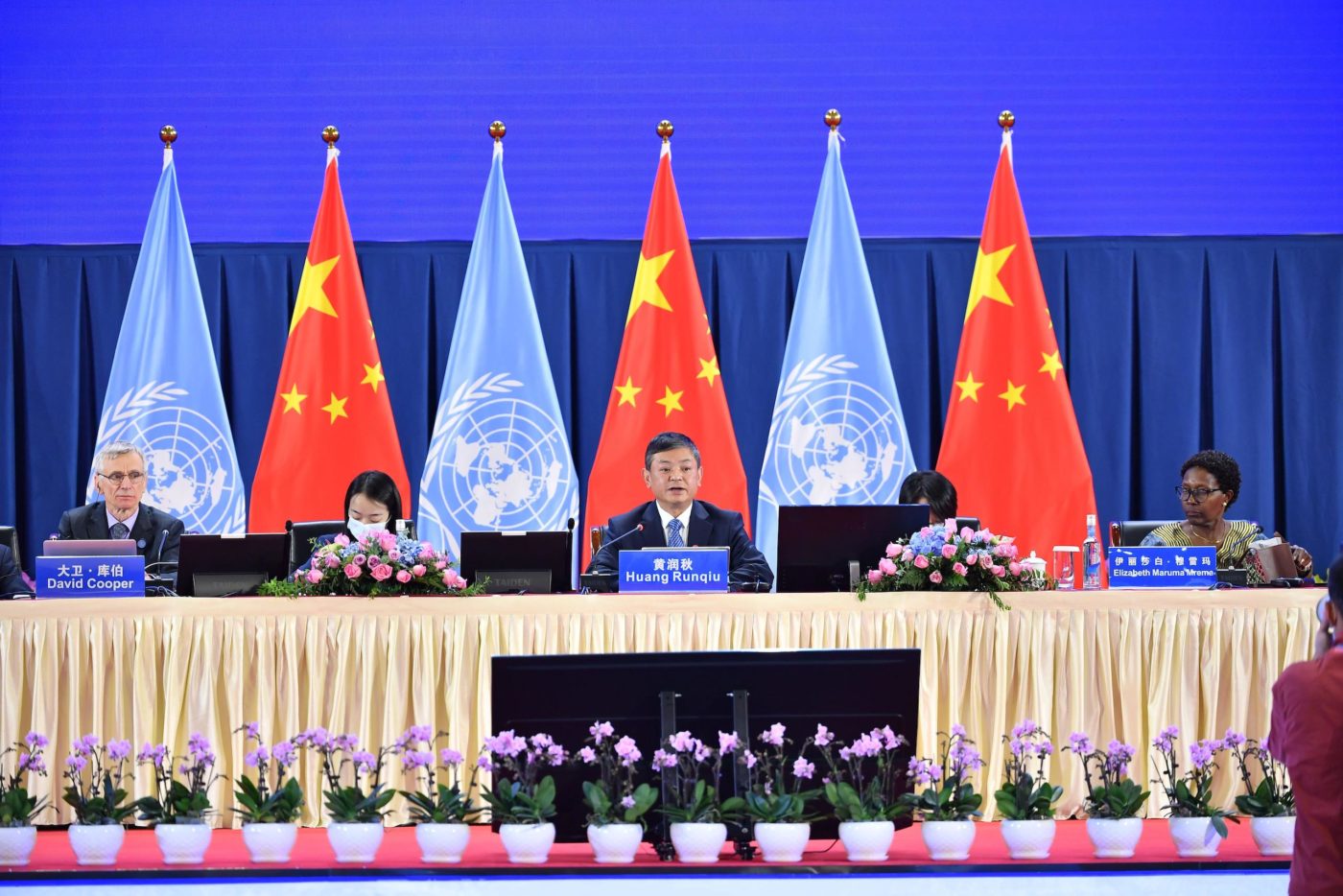
We hope to see a framework that clarifies the mechanisms underlying biodiversity loss and has achievable, ambitious targets with a clear timeline
Ma points to several reasons for the failure, starting with the different levels of commitment from each of the more than 190 signatory countries. “The Aichi targets were not negotiated by high-ranking political figures. And so the willingness to implement them varied between different countries,” said the CBCGDF spokesperson.
The second phase of COP15 can overcome these challenges and represent a new moment for biodiversity conservation. “The Kunming Declaration [signed at the first phase of talks] can serve as the basis of political consensus to structure a new global biodiversity framework,” says Ma.
“We hope to see a framework that clarifies the mechanisms underlying biodiversity loss and recognises common but differentiated responsibilities, and that has achievable and ambitious targets with a clear timeline,” she adds.
